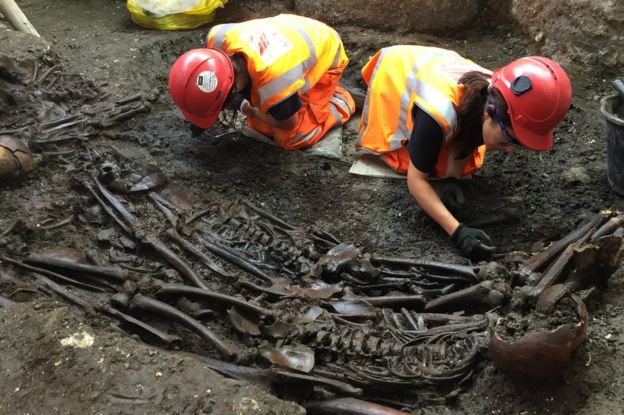DNA Confirms Cause of 1665 London’s
Great Plague
September 21, 2016
A year ago, construction
workers digging to build a new crossrail site in London uncovered human remains.
Since then, about 3,500 skeletons have been found there, making this one of the
largest archaeological excavation sites. A BBC News article released on
September 8th reported that the cause of the 1665 Great Plague in London had
been confirmed using these remains. This was determined by recent tests, which found
DNA from the Yersinia pestis bacterium
in the teeth of five out of twenty tested skeletons.
Scientists will now study the full DNA genome of the bacteria to learn more
about the Bubonic Plague of that time period and how it relates to other
forms of the plague, both past and present.
Cassie White




